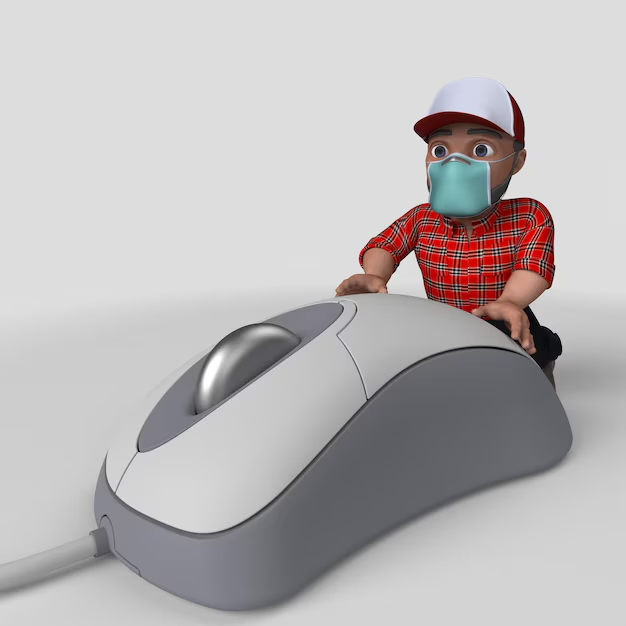
https://3d659.com
Introduction
In recent years, 3D printing has emerged as a transformative technology, revolutionizing multiple industries. From manufacturing to healthcare, the implications of 3D printing are vast and varied. This blog explores the transformative power of 3D printing, its applications, challenges, and future potential.
Understanding 3D Printing
3D printing, or additive manufacturing, refers to the process of constructing three-dimensional objects from digital files. This process builds objects layer by layer, allowing for complex designs that traditional manufacturing methods often cannot achieve. The technology utilizes a range of materials, including plastics, metals, and even biological substances, making it highly versatile.
Applications Across Industries
1. Manufacturing
In the manufacturing sector, 3D printing is streamlining production processes. Companies can produce prototypes faster and more cost-effectively, reducing time-to-market for new products. Customization is another significant advantage, enabling businesses to tailor products to specific customer needs without the high costs associated with traditional methods.
2. Healthcare
The healthcare industry is undergoing a transformation driven by 3D printing technology. Medical professionals are using the technology to create customized prosthetics, implants, and even organ models for surgical planning. This personalized approach not only enhances patient outcomes but also reduces surgical time and costs.
3. Aerospace
Aerospace companies are harnessing the power of 3D printing to create lightweight components that enhance fuel efficiency. The ability to produce complex geometries means that parts can be made stronger and lighter, contributing to the overall performance of aircraft.
4. Construction
In the construction sector, 3D printing is paving the way for innovative building techniques. Entire structures can be printed on-site, significantly reducing labor costs and construction time. This technology also offers the potential for sustainable building practices, as it can minimize waste.
Challenges Facing 3D Printing
Despite its many advantages, 3D printing faces several challenges that must be addressed for it to reach its full potential.
1. Material Limitations
While the range of materials available for 3D printing is expanding, certain applications still require materials that are not yet suitable for additive manufacturing. Continued research and development are necessary to overcome these limitations.
2. Regulatory Hurdles
In industries such as healthcare and aerospace, strict regulations can slow the adoption of 3D printing technologies. Ensuring that printed products meet safety and quality standards is crucial for gaining acceptance in these fields.
3. Intellectual Property Concerns
As 3D printing becomes more accessible, concerns around intellectual property rights are growing. The ease of replicating designs can lead to legal disputes, prompting a need for clearer regulations to protect creators’ rights.
The Future of 3D Printing
The future of 3D printing looks promising. With ongoing advancements in technology, we can expect faster printing speeds, a wider range of materials, and enhanced precision. The integration of artificial intelligence and machine learning will likely further optimize the design and manufacturing processes.
Moreover, as sustainability becomes a more pressing concern, 3D printing could play a crucial role in reducing waste and promoting recycling. By using only the materials needed for production, 3D printing has the potential to minimize the environmental impact of manufacturing.
Conclusion
3D printing is undeniably a transformative technology that is reshaping industries and redefining what is possible in manufacturing, healthcare, aerospace, and construction. Although challenges persist, the potential advantages greatly surpass the hurdles. As we move forward, embracing this innovation will be key to unlocking new opportunities and creating a more efficient, sustainable future.
Whether you’re a business leader, a healthcare professional, or simply a technology enthusiast, keeping an eye on the advancements in 3D printing will be essential for staying ahead in today’s rapidly evolving landscape.








